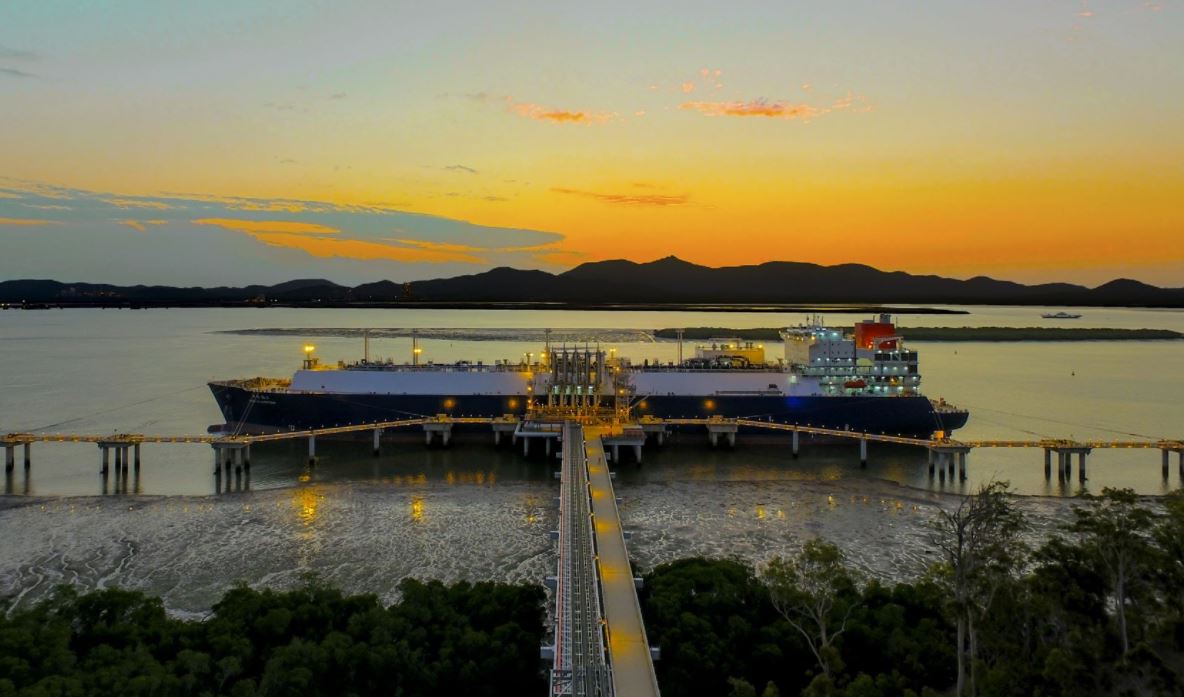In 2021, global LNG imports reached 372.3 million tons, increasing by 4.5 percent compared with the previous year, according to the newest annual report by the international group of LNG importers, GIIGNL.
The postlockdowns economic recovery and continued coal-to-gas switch resulted in a surge in LNG imports, although the annual growth rate of 4.5 percent remained far from pre-pandemic levels, the report said.
Also, the recovery has been uneven across regions, with Asia recording the highest growth – led by China which overtook Japan as the world’s leading LNG importer – while Europe struggled to attract LNG cargoes throughout most of the year, it said.
Last year, Croatia joined the rank of LNG importers. GIIGNL said 44 markets imported LNG volumes, from 19 exporting countries.
US LNG growth
In 2021, incremental LNG supply from the United States (+22.3 MT) accounted for more than the total global incremental supply (+16.2 MT), the report said.
Imports from the US grew by 49.8 percent, thanks to the ramp-up of five large liquefaction projects commissioned in 2020.
These include Cameron LNG Trains 2 and 3, Corpus Christi LNG Train 3, Freeport LNG Trains 2 and 3, as well as the Sabine Pass Train 6.
New supply was also added, but to a much lesser extent, by Egypt (+5.2 MT), Algeria (+1.2 MT), Malaysia (+1.1 MT) and Australia (+0.8 MT).
Besides Sabine Pass Train 6, other supply additions in 2021 included Yamal Train 4, PFLNG Dua in Malaysia and the restart of operations of Damietta in Egypt.
The greatest declines in LNG exports were recorded by Nigeria (-4.1 MT) due to maintenance issues, Trinidad and Tobago (-3.9 MT) due to lack of feedgas and Norway (-2.9 MT) due to delays in the restart of operations at Snohvit after the technical incident which occurred in 2020, the report said.
Among LNG supplying countries, Australia and Qatar are still leading the pack, with 78.5 MT and 77 MT respectively.
Third, the US supplied 67 MT of LNG in 2021 and could become the world’s leading LNG supplier in 2022.
The Russian Federation came fourth with 29.6 MT, followed by Malaysia with 25 MT.
Australia, Qatar, and the US accounted together for 59.8 percent of global LNG supply, the report said.
Asian demand growth exceeds global LNG supply growth
Asia continues to be the leading importing region with a 73.2 percent share of global LNG imports, up from 71.4 percent in 2020.
Imports rose in all Asian countries except India, Japan, Malaysia and Singapore.
India experienced the greatest decrease in LNG imports (-2.6 MT or -9.8 percent) due to the high spot LNG prices and to the increase in domestic gas production, which led Indian gas consumers to import less LNG through the first three quarters of the year.
This had a notable impact in spot imports which recorded a steady decline from March 2021 onwards, the report said.
Europe competing with Asia
Constrained by dwindling domestic gas production, high demand due to lower temperatures, along with lower than expected additional pipeline deliveries from Russia which brought storage levels to record lows, Europe suffered an unusual situation in 2021, when high JKM / TTF price differential made flexible LNG volumes go preferably to Asia instead of Europe throughout most of the year, the report said.
This situation worsened until the last quarter of 2021 and Europe’s difficulty to fill in its underground storages forced demand to adjust through a reduction in industrial consumption and gas-to-coal switching, it said.
Overall, Europe’s net LNG imports decreased by 8 percent in 2021 totaling 75.1 MT, a decrease of 6.5 MT compared to 2020.
The United Kingdom (-2.4 MT or -17.8 percent) and Italy (-2.2 MT or -24.1 percent) recorded the largest declines, whereas Croatia imported LNG for the first time (1.2 MT), the report said.
Spot and short-term imports pressured by high prices
In 2021, spot and short-term transactions reached 136.3 MT, down .2 MT or 4.4 percent compared with the previous year.
This volume represented 36.6 percent of total trade, compared with 40 percent in 2020, the report said.
High spot LNG prices in Asia and Europe discouraged to a certain extent the
resort to spot LNG procurement, it said.
This was particularly blatant in price sensitive countries like India (-6.1 MT).
The US consolidated its position as the leading exporter of spot and short-term LNG, accounting for almost one third (32.2 percent) of the volumes, followed by Australia with a 18.7 percent market share.
Following the restart of exports from Damietta, Egypt was also a significant provider of spot and short-term volumes during the year (+4 MT).
On the contrary, Nigeria (-7.1 MT) and Trinidad and Tobago (-3.2 MT) recorded substantial declines, the report said.
700 LNG vessels
The total LNG tanker fleet consisted of 700 vessels at the end of 2021, according to the report.
It included 48 FSRUs and 64 vessels (31 LNGBVs + 33 LNG carriers) of less than 50,000 cubic meters.
Total cargo capacity at the end of 2021 stood at 104.1 million cubic meters. Total operational capacity (vessels known to be in service) amounted to 103.0 million cubic meters, the report said.
A total of 68 vessels were delivered in 2021, compared with 47 vessels in 2020.
The number of new orders reached a total of 111 units, which included 3 FSRUs and 15 vessels (13 LNGBVs + 2 LNG carriers) of less than 50,000 cubic meters compared with 40 new orders in 2020, the report said.
At the end of 2021, the orderbook consisted of 196 units of 29.6 million cubic meters including 5 FSRUs and 25 vessels (22 LNGBVs + 3 LNG carriers) of less than 50,000 cubic meters, it said.

